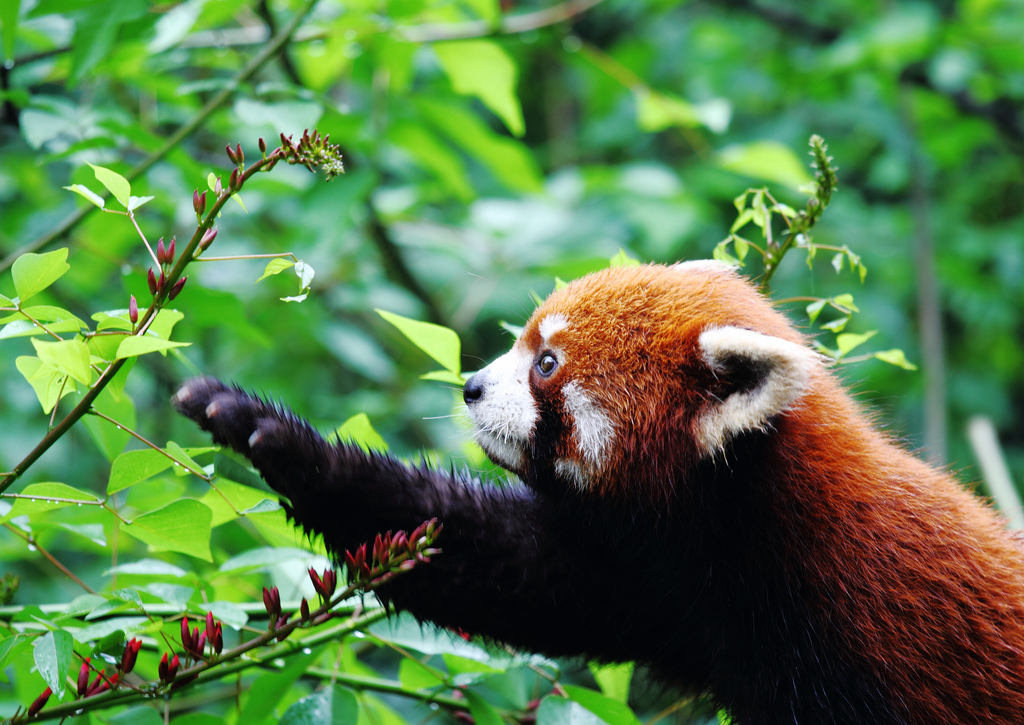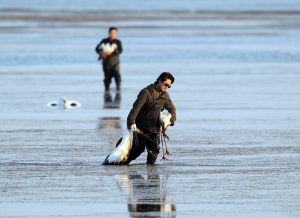Large areas of old-growth forests are being cleared in Yunnan province, according to Greenpeace. The NGO have released an investigative report on Yunnan’s natural forests showing that relatively intact old-growth forests account for only 9% of the forest area among natural forests.
“The disappearance and destruction of the old-growth forests results in a sharp reduction of species diversity. If measures are not taken promptly, one quarter of Yunnan’s species may become extinct within this century,” the head of the Greenpeace program on forest conservation, Wu Hao, told chinadialogue.
The Greenpeace report indicated that the originally enriched, high-quality, old-growth trees are the foundation of Yunnan’s biodiversity. However, a large area of natural forest was classified as low-yield and so has been converted. For example, Tengchong County adopted clear-cutting and converted the high-quality natural forests into artificial forests, endangering the local ecological environment.
In order to develop the industrial economy, including paper-making, in the beginning of the twenty-first century, large areas of eucalyptus trees began to appear in Yunnan. By the end of 2008, the actual cultivated area contained over 2,000,000 units. Eucalyptus trees obtained such nicknames as “cactus” and “water pump.” Additionally, a substantial portion of what was cultivated was poorly managed, resulting in decreases in soil water content and soil function.
After the severe drought that occurred in Yunnan’s southwest in 2009, the public began turning its attention to the ecological impact of forestry.
Duan Chang Qun, the vice president of the Yunnan University Life Sciences Academy, claims that the eucalyptus is not the primary culprit for the drought. However, since the soil is rather dry and its water-holding and retention capacity relatively weak, eucalyptus cultivation may potentially intensify the drought.
Gejiu, a small town in southeast Yunnan, was not obviously impacted during the severe drought in 2009. Wen Cheng, a post-doctoral researcher from the Peking University Nature Conversation and Social Development Center, believes that the city was rescued just as the forest headwater was in a dangerous state.
“Gejiu’s two surrounding mountains serve as this city’s forest headwater and have never been without water,” said Wen Cheng.
Since Gejiu’s thriving mining industry has not particularly impacted the forests, the forests are growing better now than they were during the 1990’s, increasing the forest’s adaptive capacity for droughts.
Research conducted by the Chinese Academy of Sciences in Yunnan indicates that the abundant reserves of underground water and soil moisture supplied the forest trees with enough water during the drought. This underground water also ensured that the surrounding environment was supplied with a source of water. Consequently, compared with man-made forests, natural forests have a clear ecological advantage when it comes to conserving underground water.
Translated and edited by chinadialogue volunteers Shirlene Yee and Hope Loudon respectively.



